Clinic De Baronie
Baron Ruzettelaan 2428310 Assebroek (Brugge)
BE0464.168.160
T. +32 50 55 89 00
E. info@debaronie.eu
Online appointment
"Face and neck"
Face and neck lift
AGEING OF THE FACE? WHAT HAPPENS EXACTLY?
The face is composed of several layers and tissue types : skin, subcutaneous fat, muscles, ligaments and bone. All these tissue types are subject to ageing accompanied by structural changes. The sum of changes manifests itself as the ageing process of the entire face.
With age, the skin loses its elasticity; it slackens and becomes more saggy. The skin also becomes thinner and undergoes structural changes that lead to wrinkles. The first signs are visible at the level of the eyelids, jawline and neck.
Remarkable with ageing is the loss of volume in the face. This is mainly caused by subcutaneous fat slowly disappearing and also by bone thinning. The latter is especially the case around the eye socket on the lower jaw. Hence, a facelift is often accompanied by volume restoration, usually by simultaneously injecting the face with its own fat (lipofilling).
Unfortunately, a facial correction cannot stop the ageing process. It can, however, set the clock back quite a bit. The first signs of ageing can literally be removed from the face by removing excess fatty tissue, tightening the underlying tissues and smoothing the skin of your face and neck.
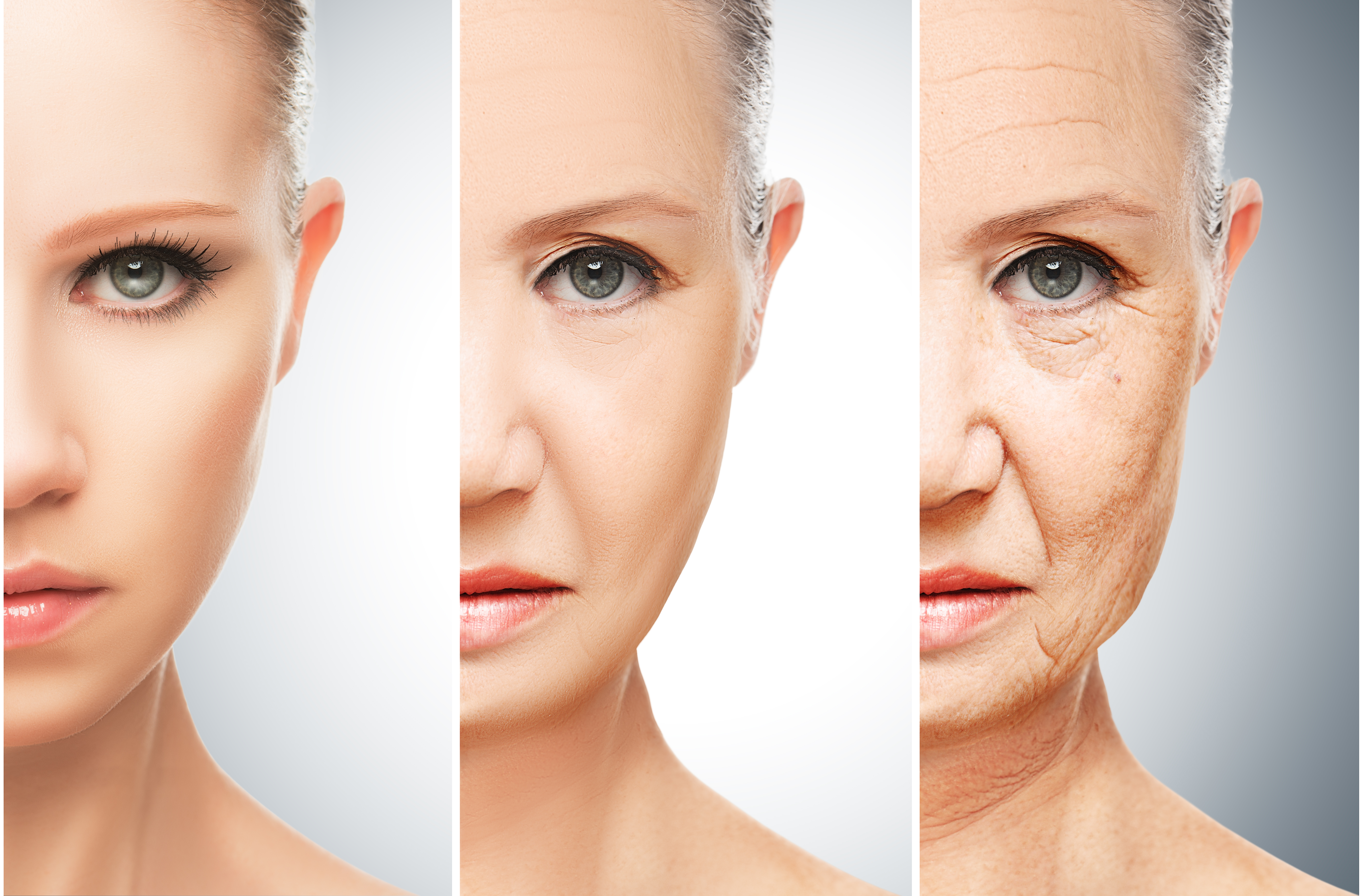
A facial correction cannot stop the ageing process, but you can turn back the clock for many years. First signs of ageing can be literally pulled away from the face by removing excess fat and skin, tightening underlying muscles and re-draping the skin of your face and neck.
WHO IS ELIGIBLE FOR A FACELIFT?
A facelift has the best results in men and women whose skin is still somewhat elastic. Most clients are between forty and sixty years old, but even in people in their seventies or even eighties, a facelift can still produce fantastic results. A facelift gives you a young, tight and fresh look, with long-lasting results.Determine for yourself what your expectations are and discuss them with the surgeon, as different types of face lift can be performed. Different techniques can be used and the extensiveness of the procedure can vary greatly.
We distinguish the following types :
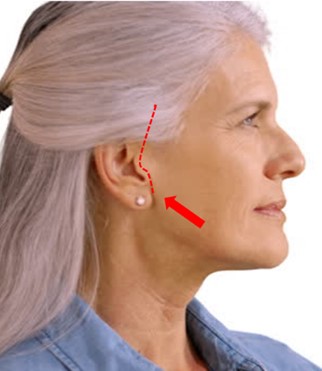 S lift where only the jawline is tightened (hamster cheeks)
S lift where only the jawline is tightened (hamster cheeks)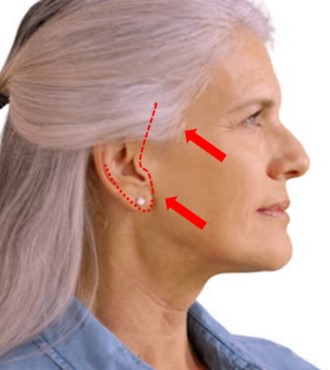 SPA lift in which the central part of the face is also lifted
SPA lift in which the central part of the face is also lifted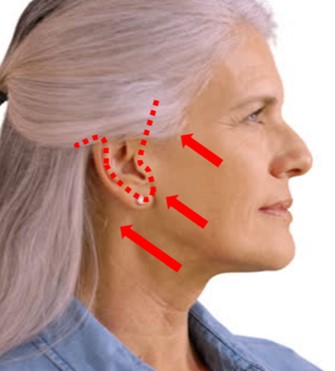 SPA lift with lifting of the neck muscle as well
SPA lift with lifting of the neck muscle as well Neck lift without facial correction
Neck lift without facial correction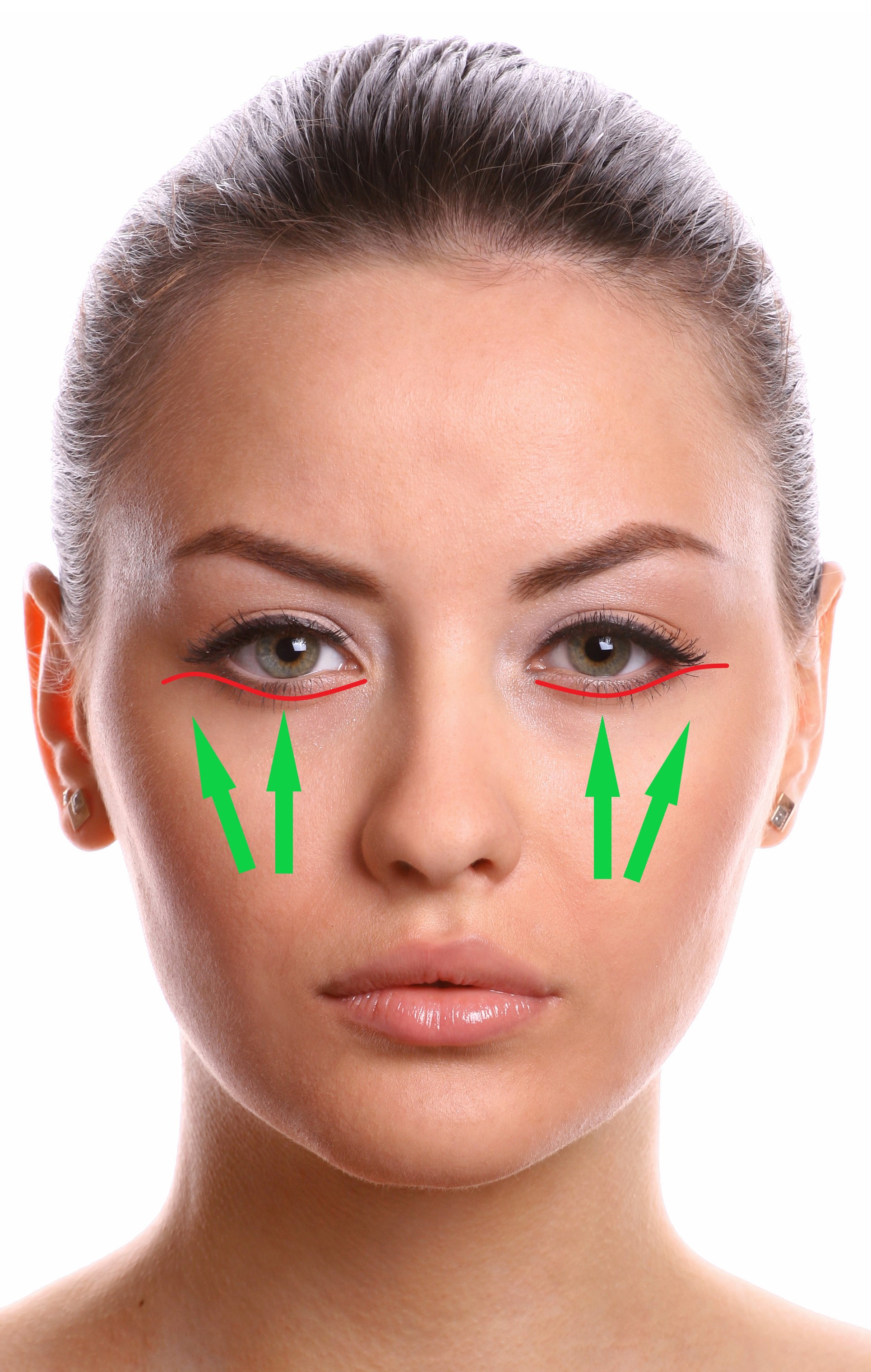 Midface lift with correction of the zone under the eyes and eyelids
Midface lift with correction of the zone under the eyes and eyelids
UNDERSTANDING A NECKLIFT
There is a big misconception among patients about what a neck lift actually means. Many assume that the problem occurs only at the skin level and that ‘tightening’ the skin is enough. However... The neck consists of several layers. A number of layers are very important and often need to be addressed.The outer layer is the skin. There is usually excess skin that is removed. But the skin is also a kind of ‘packaging’ of what is under the skin.
The next layer is the subcutaneous fat. This layer is often somewhat thickened with age and this layer can be treated efficiently with liposuction.
The next layer is the neck muscle (platysma). The anatomy of the platysma muscle becomes clear when it is stretched. The edge of the muscle is often visible even at rest (called platysma bands) and many patients think this is sagging skin, but in fact it is the edge of the muscle. These platysmal bands are often considered aesthetically disturbing and cause for consultation.
How are these platysmal bands addressed? As discussed with the face lift, an SPA+S (S stands for suspension) can be a solution in many cases. This involves pulling and repositioning the bands above. Thus, the edges of the muscle are not actually ‘treated’ and will reappear over time. A better solution is to cut the bands as in the SPA+T described above, where the T stands for transsection.
Another commonly used technique is suturing the edges of the muscle together in the middle via a small incision under the chin. Many variations of this technique have been described.

Another important layer is the fat compartment located UNDER the platysma, the subplatysmal fat. Very often, this layer also needs to be addressed but this is not possible with liposuction given the presence of important anatomical structures around it. This body of fat should be surgically removed through the same incision under the chin that is also used to suture the platysmal bands together.
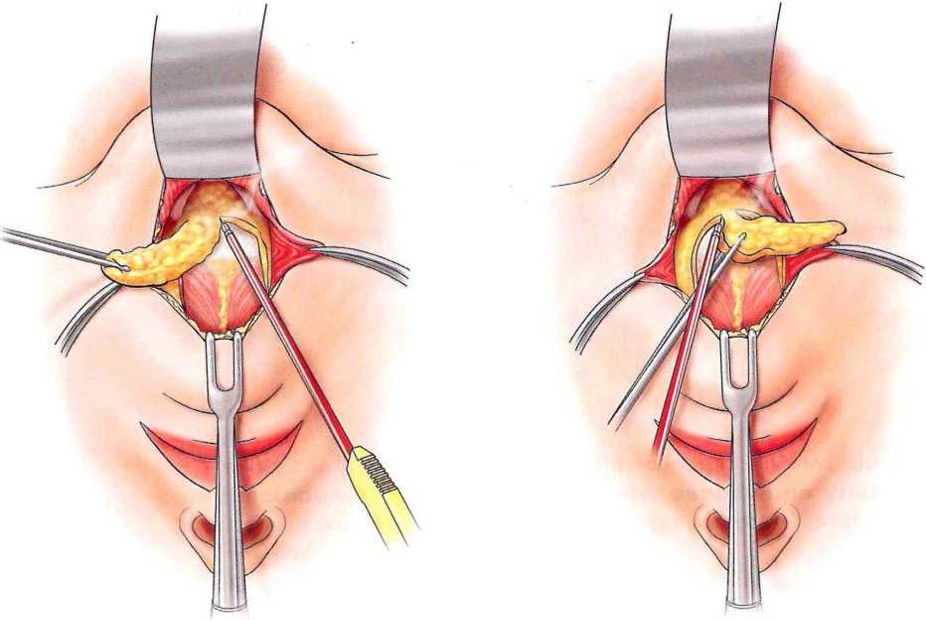
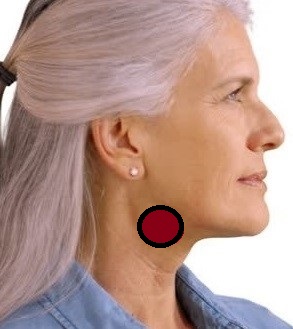
Even deeper, there is a mouth floor muscle that also needs to be thinned in exceptional cases. Furthermore, in the neck is the submandibular salivary gland, which may enlarge with age and give rise to a thickening in the neck. In exceptional cases, it may be necessary to remove a piece of the salivary gland to give better definition to the jawline.
COMBINATIONS
These lifts corrections can be performed combination with eyebrow lift, eyelid correction and lipofilling (fat injection). The choice of technique and extensiveness of the procedure depends on the patient and his wishes. Good consultation with the surgeon is necessary.
It is important to distinguish between skin elasticity and skin quality. Reduced elasticity manifests itself in drooping skin of your face and neck. With age, not only this elasticity but also the quality decreases. This reduction in quality manifests itself mainly in wrinkles and pigmentary disorders, which are best treated using lasers. A facelift will only affect sagging skin, not its quality.
First Consultation
During your first consultation with the plastic surgeon, tell him what you want to achieve with a facial correction. The surgeon will examine the skin and structure of the neck and/or face and tell you exactly what is possible. You will then be explained the operation. It is very important that you, the patient, can articulate what you find disturbing. This will result in a focused conversation.Preparation
You will receive detailed instructions to prepare for the operation, such as what you can eat or drink before the operation and what to consider if you are taking medication. No hair should ever be clipped and no bald areas will develop after the operation.Operation
An S lift takes about 2 hours and can be done under local anaesthesia. For more extensive procedures, the patient is sedated (anaesthetic), but this is perceived by the patient as total anaesthesia. The incision run in front and/or behind the ear depending on the type of face lift. The procedure can take several hours, depending on the extensiveness.
After the Operation
A facelift is usually not perceived as painful. Painkillers are often not even necessary. A slight tingling sensation of the skin is quite normal and disappears by itself over time. It is caused by the healing process taking place under the skin. However, your face will be somewhat swollen during the first week and parts of the skin, especially around the neck, may be blue in colour. You can resume your normal life after 10 to 14 days. Full normalisation and healing do take a lot longer, but is not visible to the outside world. The scars are then barely visible and wrinkles and lines in the face and neck are smoothed.
Complications
Any surgery carries risks. Only when facial correction is performed by an experienced surgeon, the chances of any complications are minimised.One of the most common complications after surgery is bruising. However, this phenomenon is rarely of a serious nature and disappears on its own. Other possible consequences of the surgery: temporary loss of the facial nerve or infection, which makes scars heal slower. However, these complications are extremely rare.
Do you have additional questions about plastic or aesthetic surgery?
If so, please do not hesitate to get in touch.
Online appointment
